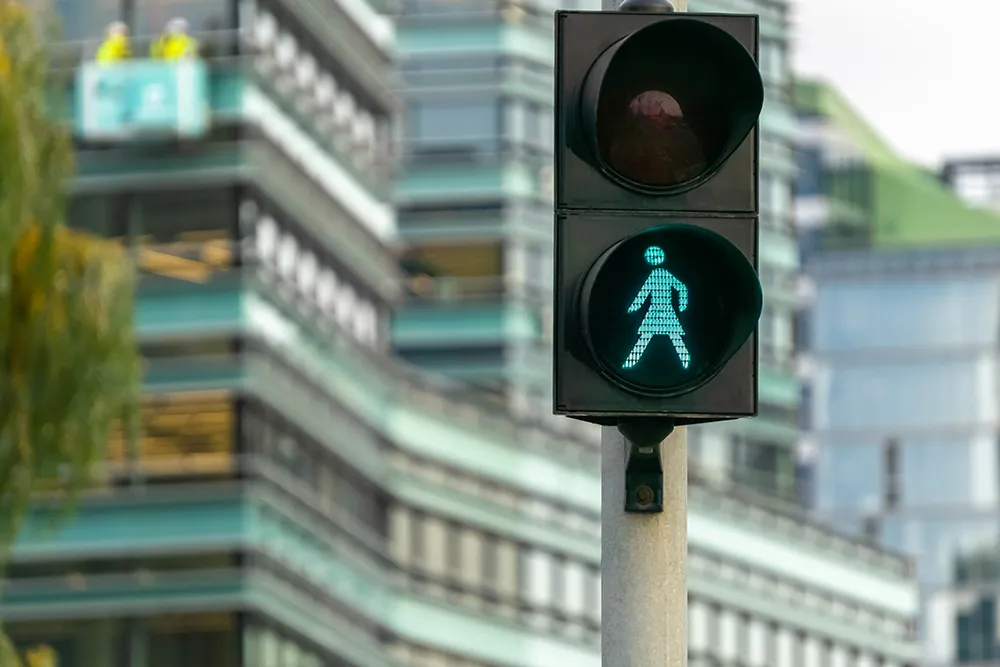In his opening statement at the US Subcommittee on Highways and Transit Hearing on Meeting the Transportation Needs of Rural America, chairman Sam Graves said that even today, 71 per cent of all lane-miles of public roads and 73 per cent of all of the nation's bridges are located in rural areas. In his home state of Missouri, the role of rural roads is even more pronounced: 82 per cent of the public roads and 81 per cent of bridges are in rural areas, and these roads carry over 40 per cent of all travel in
June 25, 2015
Read time: 3 mins
In his opening statement at the US Subcommittee on Highways and Transit Hearing on Meeting the Transportation Needs of Rural America, chairman Sam Graves said that even today, 71 per cent of all lane-miles of public roads and 73 per cent of all of the nation's bridges are located in rural areas. In his home state of Missouri, the role of rural roads is even more pronounced: 82 per cent of the public roads and 81 per cent of bridges are in rural areas, and these roads carry over 40 per cent of all travel in the state.
Rural or local roads often provide the critical ‘last mile’ connection to rail facilities, our inland waterways, and our ports. And they provide the infrastructure for the only form of public transportation most rural communities have – local or intercity bus service.
He went on to say that rural states tend to be more dependent on the federal highway program because many rural roads are lightly travelled or are used predominately by cars and trucks merely passing through the state. Without the federal program, rural states would not fund highway and bridge projects that are important to the Nation, but which are not a state or local priority.
Finally, he said safety is a significant problem on rural roads, where over half of all fatalities occur and he fully supports MAP-21’s trigger for higher investments on rural roads if the fatality rate increases two years in a row.
Graves said, “I think our rural roads and bridges demonstrate why we need a strong federal highway program. A network of efficient, interconnected roads is critical to moving people and goods.
“I continue to work with Chairman Shuster on achieving a long-term surface transportation reauthorization bill that will provide reliable funding for our states. I know the Chairman is talking to Ways and Means Committee Chairman Paul Ryan. While we will need to pass another short-term extension by the end of July, I am hopeful that we will be able to pass a long-term bill later this year. In the meantime, this Committee continues to work on a bipartisan basis on the policy provisions for the reauthorization bill.
“State and local governments are depending on us to remain a strong partner in delivering transportation projects, and providing funding certainty for the first time in a decade.”
Rural or local roads often provide the critical ‘last mile’ connection to rail facilities, our inland waterways, and our ports. And they provide the infrastructure for the only form of public transportation most rural communities have – local or intercity bus service.
He went on to say that rural states tend to be more dependent on the federal highway program because many rural roads are lightly travelled or are used predominately by cars and trucks merely passing through the state. Without the federal program, rural states would not fund highway and bridge projects that are important to the Nation, but which are not a state or local priority.
Finally, he said safety is a significant problem on rural roads, where over half of all fatalities occur and he fully supports MAP-21’s trigger for higher investments on rural roads if the fatality rate increases two years in a row.
Graves said, “I think our rural roads and bridges demonstrate why we need a strong federal highway program. A network of efficient, interconnected roads is critical to moving people and goods.
“I continue to work with Chairman Shuster on achieving a long-term surface transportation reauthorization bill that will provide reliable funding for our states. I know the Chairman is talking to Ways and Means Committee Chairman Paul Ryan. While we will need to pass another short-term extension by the end of July, I am hopeful that we will be able to pass a long-term bill later this year. In the meantime, this Committee continues to work on a bipartisan basis on the policy provisions for the reauthorization bill.
“State and local governments are depending on us to remain a strong partner in delivering transportation projects, and providing funding certainty for the first time in a decade.”










